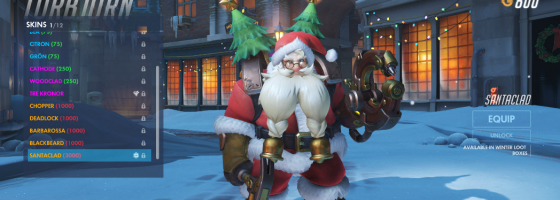The ability to let the player have control over their character and experience has become a powerful option to enhance games. But the terms customization and personalization tend to be interchangeable for a lot of people. I want to talk about the differences between the two and what they mean towards enhancing a game’s design.
The Personal Touch:
Personalization refers to being able to control or alter the appearance of the player’s avatar/character in a game. When we’re referring to personalization, this does not include anything that impacts playing the game. Some titles tend to have costumes or outfits that give bonuses; that would not be an example of personalization.
Personalization options are often seen in games where the player will play a created character or characters. The ability to craft the appearance of a character to make them completely unique can be a big deal towards getting invested in the game.
Many MMOs tout their virtual worlds for players to explore, and if they can be a version of themselves, so much the better. Like-wise, playing a game like XCOM can be enhanced by having characters you made personally to go out and live and die while fighting the aliens.
The ability to personalize a character has become big bucks in casual and mobile titles. Because there is no worry about game balance, it leaves the designers free to add as many cosmetic options as they can to attract people to the game.
A very popular pastime has been having time-limited cosmetic options. Offering exclusive items is a great way to get a surge in your player base, with everyone pining for those exclusives. You can also have “premium” outfits that radically change a character’s look, but at a higher price.
Personalization options have become big business for developers, and presents a possibly endless source of income if you do it right. It’s far easier/cheaper to create a new hat or shirt option than it is to create a new game mode.
It’s important to remember that at the end of the day, personalization options are secondary to playing the game. Just because you have the best character editor in the world doesn’t mean much if everyone hates playing your game.
Custom Work:
Customization is when the player is able to directly impact how their character responds in game. Examples range from different skills, loot, classes and so on. Customization is when the player is able to control the gameplay; either at will, or at specific points in play. Mechanics that are a part of progressing through a title, such as in metroidvania design, is not an example of customization.
Customization is a big deal, and I could spend another 600-1,000 words going into detail about it. To keep things brief, balancing customization options is often a never-ending task by the developer. This is especially true for competitive multiplayer. The second someone finds the best skills or items, everyone will know about it.
In earlier posts I’ve talked about the problem of “false choices,” or when an option is too good or not good enough. Balancing customization options is another one of those topics that would be just too big to get into detail about now.
As a quick answer, good game design dictates that every choice that you have in your game should offer something to the player. That doesn’t mean every choice should work in every situation, but they should each have a chance in the spotlight.
What’s the Difference?
It’s very easy to mix up the two terms when talking about game design; I’ve done it plenty of times. The easiest way to remember is that personalization is akin to the paint job on a custom car, while customization is the parts under the hood. While there is a lot more to talk about, hopefully this post is a good beginner lesson into two complicated parts of game design.


